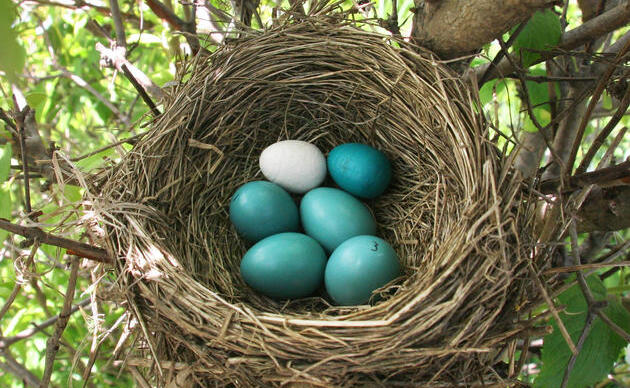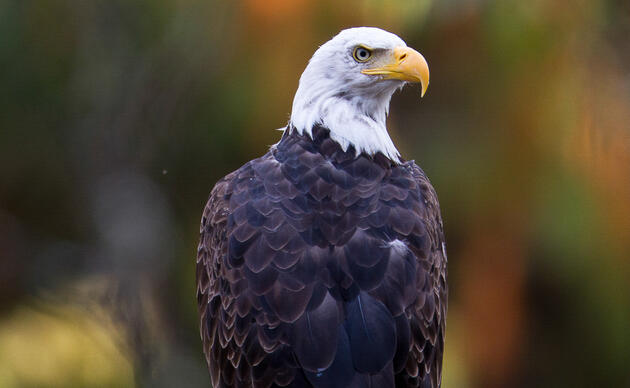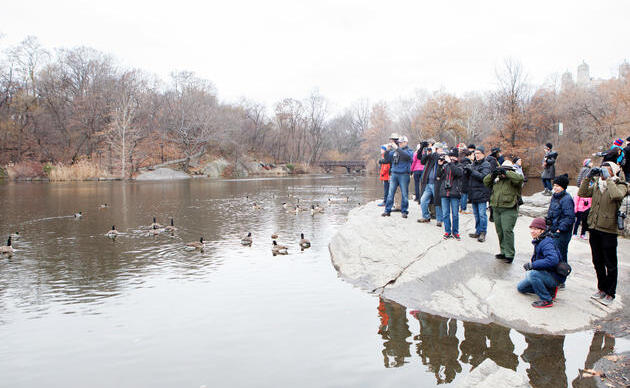Restoring River Habitat through Drawdowns
The natural pattern of water levels on the Upper Mississippi River included a spring flood followed by low water levels during summer. For centuries this pattern created ideal habitat for hundreds of species of migratory and resident birds, including tundra swans, bald eagles, and spotted sandpipers.
When locks and dams were constructed during the 1930s, they changed this pattern and eliminated the natural low water conditions. Over time this has resulted in declines in aquatic vegetation, and many areas have converted to more turbid, open water conditions with poor habitat for fish and wildlife. Fortunately, we can restore some of the natural low water conditions by conducting summer, pool-scale drawdowns.
We are working to accomplish these by changing the way the dams are operated.




